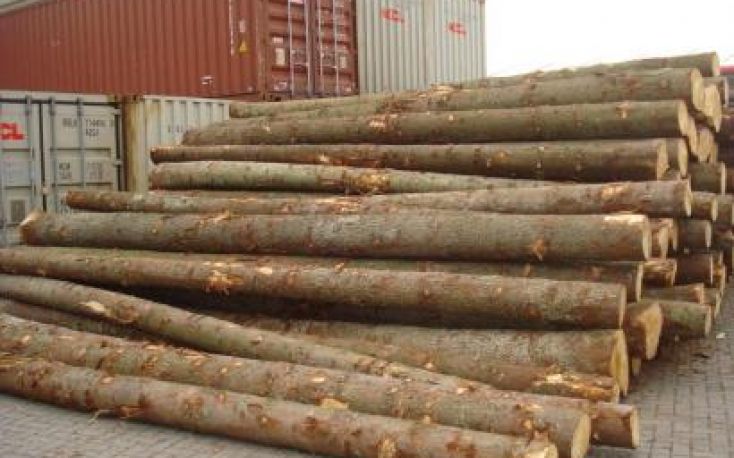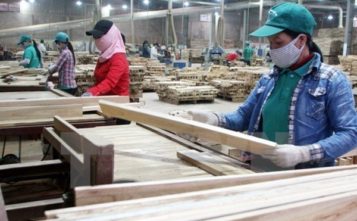Germany's exports of raw wood in 2020 amounted to around 12.7 million m3 with a value of € 845 million. Compared to 2019, this is a quantitative increase of more than a third (42.6%). The growth in exports does not continue at the beginning of 2021: In January and February 2021, the volume of exports fell by 12.4% compared to the same period of the previous year to 1.5 million m3 (value: € 100 million).
The high demand for spruce and pine wood caused the export boom. In 2020 this wood made up 83.8% of the exported raw wood from Germany.
In a long-term comparison, the amount of raw wood exported has more than tripled since 2015 (+ 238%), as reported by the German Federal Statistical Office (Destatis). In 2015 exports reached 3.8 million m3 worth around € 329 million. The import volume fell by a third (-32.4%) to 5.9 million m3 in the same period.
The most important sales market in 2020 was China: half of exports (50.6%, 6.4 million m3) went there. The share has increased significantly since 2015 - at that time it was 10.1%. In 2020, Austria (19.2% / 2.4 million m3) and Belgium (9.2% / 1.2 million m3) followed in second and third place.
The suppliers of raw wood are currently hardly benefiting from the growing demand: Raw wood prices - measured by the index of producer prices for logging products - have recently increased moderately, but in February 2021 they were 2.3% below the level of the same month last year and well below 2015 level (-27.3%). The price index for raw wood is collected from the forest administrations; this price observation takes place when the wood is “harvested” and thus at the very beginning of the production chain.
The increasing demand from home and abroad, the shortage of supply due to the restrictions in logging as well as the construction industry have a price-driving effect on the foreign trade prices for raw wood: the index of import prices rose by 6.7% in March 2021 compared to the same month last year The export price index for this product group rose by as much as 11.0% over the same period. In a longer-term perspective, import prices for raw wood in March 2021 were 16.1% below the level in 2015. Export prices rose by 4.0% in the same period.
The development of commercial producer prices is very different in the individual product segments of the wood market, depending on the individual sawn timber ranges and wood-based materials. For example, the prices for wooden packaging increased by 11.5% in March 2021 compared to the same month last year. The producer prices for wood chips or wood chips, which are mainly used for heating, fell by 24.6% in the same period.
Overall, however, the producer prices for processed wood rose at an above-average rate. In March 2021, they were 13.9% up on the same month of the previous year for wood (sawn, planed or impregnated). The prices for sawn softwood timber, including roof battens, construction timber and solid structural timber, rose the most: in March 2021 they were 20.6% higher than in March 2020.
The sales of the sawing, planing and wood impregnation plants reached a record value of € 6.5 billion in 2020. Compared to 2015, that was an increase of 18.3%. The share of foreign sales in total sales in the industry was almost a third (32.5%) in 2020. For comparison: in 2015 it was 26.7%.








Leave a Reply